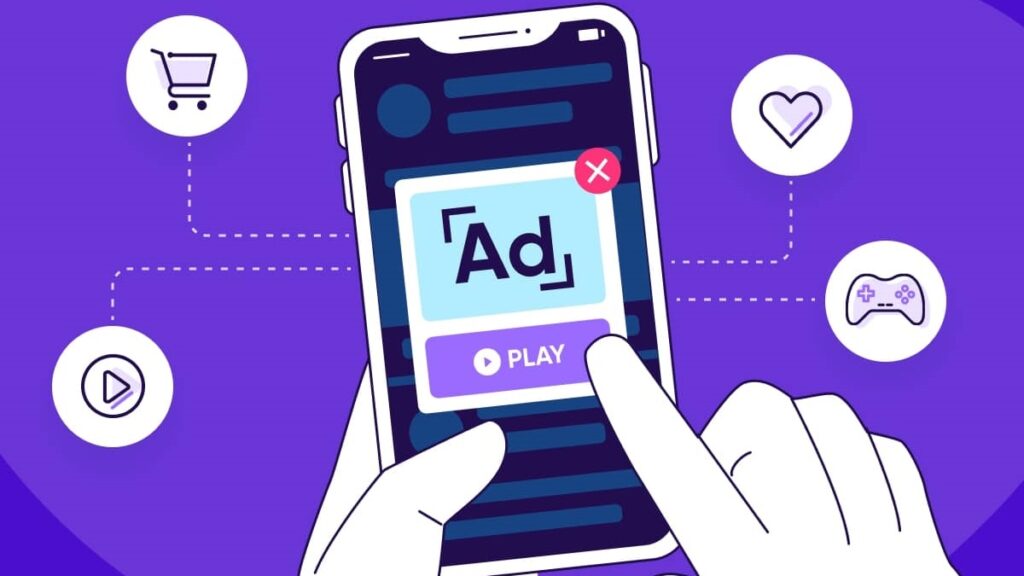Digital advertising has come a long way since the early days of the internet. From static banner ads to interactive video ads, there are now countless ways for businesses to reach their target audience online. However, as the industry continues to evolve, it’s important for marketers to stay up-to-date on the latest trends and techniques. One ad format that has gained significant traction in recent years is the Playable Ad. These interactive ads allow users to try out a product or service before committing to a purchase and have proven to be an effective way to increase engagement and conversion rates.
In this post, we’ll explore what Playable Ads are, the benefits they offer, best practices for creating effective ones, and the future of this innovative ad format.
What are Playable Ads?

Playable Ads are interactive advertisements that allow users to try out a product or service before committing to a purchase.
They typically take the form of a mini-game or a simulated experience that allows users to get a feel for what it would be like to use the product or service. For example, a mobile game developer might create a Playable Ad that allows users to play a short demo of their game. A food delivery service might create a Playable Ad that allows users to virtually try out their app and place an order for a meal. These types of ads provide a more immersive and interactive experience than static ads, and can be an effective way to showcase the features and benefits of a product or service.
This can lead to higher levels of user retention and increased chances of conversion. They can be particularly effective for products or services that are difficult to convey through a static ad, such as games or apps.
Benefits of Playable Ads

- Increased engagement and user retention: Playable Ads allow users to actively engage with the ad rather than just passively viewing it. This can lead to higher levels of user retention and increased chances of conversion.
- Ability to showcase a product or service in a more interactive and immersive way: Playable Ads provide a unique and immersive experience that can help showcase the features and benefits of a product or service in a more interactive way. This can be particularly effective for products or services that are difficult to convey through a static ad, such as games or apps.
- Potential for higher conversion rates: Because Playable Ads allow users to try out a product or service before committing to a purchase, they may lead to higher conversion rates compared to other ad formats. Playable Ads can be especially useful for businesses looking to drive sales or encourage users to download an app or sign up for a service.
Playable Ads differ from other ad formats in that they allow users to actively engage with the ad rather than just passively viewing it.
Best practices for creating effective Playable Ads
To create effective Playable Ads, there are a few best practices to keep in mind. These include:
- Make the ad interactive and engaging: The whole point of a Playable Ad is to provide an immersive and interactive experience for users. Make sure to design and develop your ad in a way that is engaging and keeps users interested. This may involve incorporating elements like mini-games, challenges, or other interactive features.
- Keep it short and sweet: Playable Ads should be brief and to the point. People’s attention spans are limited, so make sure to keep your ad as concise as possible while still showcasing the key features and benefits of your product or service.
- Use clear, concise messaging: Playable Ads should have a clear and concise call-to-action (CTA). This could be something like “Download now” or “Try it out for free.” Make sure to use clear and concise language that is easy for users to understand.
- Test and optimize: As with any ad campaign, it’s important to test and optimize your Playable Ads to see what works and what doesn’t. Use tools like A/B testing to see which versions of the ad perform best, and make adjustments as needed.
Future of Playable Ads

Playable Ads will continue to evolve and innovate: As with any industry, it’s likely that the Playable Ad format will continue to evolve and innovate as technology advances and consumer preferences change. We may see the introduction of new interactive features or the integration of virtual reality technology, for example.
Playable Ads will become more widespread: As more businesses discover the benefits of Playable Ads, it’s likely that we’ll see an increase in their use across a wide range of industries. From retail to healthcare to gaming, Playable Ads have the potential to be effective for a variety of products and services.
Playable Ads will play a larger role in the mobile advertising landscape: With the increasing popularity of mobile devices,
It’s likely that Playable Ads will play an even bigger role in the mobile advertising landscape.
This could involve the development of more interactive and immersive mobile ads or the integration of Playable Ads into mobile app stores.
In conclusion, Playable Ads are a new and innovative ad format that offers a unique and immersive experience for users. They have the potential to increase engagement and conversion rates and can be particularly effective for products or services that are difficult to convey through a static ad. By following best practices for creating effective Playable Ads and staying up-to-date on industry trends, businesses can make the most of this innovative ad format and stay ahead of the curve in the digital advertising landscape.
Key Takeaways
- Playable Ads are interactive ads that allow users to try out a product or service before committing to a purchase.
- Playable Ads can increase engagement and user retention, showcase a product or service in a more interactive and immersive way, and potentially lead to higher conversion rates.
- Best practices for creating effective Playable Ads include making the ad interactive and engaging, keeping it short and sweet, using clear and concise messaging, testing and optimizing, and considering the user experience.
- The future of Playable Ads may involve more personalized and immersive experiences, as well as the use of artificial intelligence and virtual reality.






